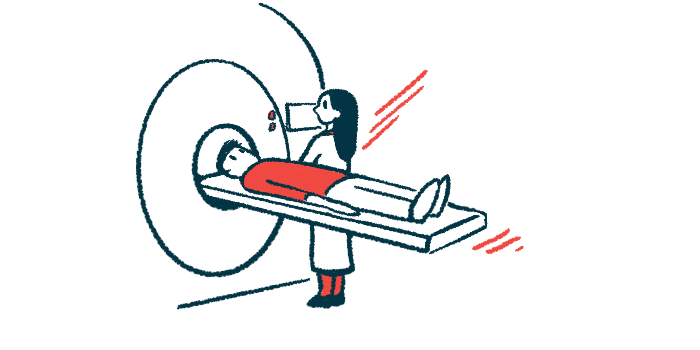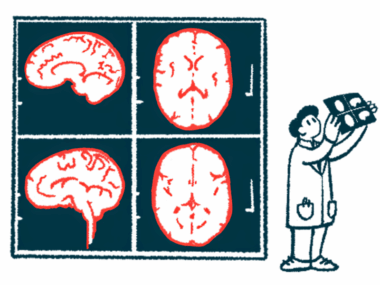With younger age at PPMS onset, higher disease activity can be seen
Meta-analysis of 34 studies suggests these patients could respond to DMTs
Written by |

People with primary progressive multiple sclerosis (PPMS) at younger ages are more likely to have higher disease activity, suggesting they may respond better to disease-modifying therapies, according to a review of published studies.
“Our findings confirm that younger patients tend to have more inflammatory activity, and so younger study populations are likely to show more [treatment] efficacy,” the researchers wrote.
The study, “Disease activity in primary progressive multiple sclerosis: a systematic review and meta-analysis,” was published in Frontiers in Neurology.
Analysis of 34 studies into relapses, MRI activity across PPMS patients
PPMS is marked by a gradual worsening of disease symptoms, typically without periods of remission where symptoms ease and remain stable over time.
MS can be classified as active or nonactive, based on whether or not patients experience occasional relapses, where symptoms suddenly worsen, or have evidence of new disease activity on MRI scans.
Recent studies report milder MS courses and lower rates of disease activity in people with relapsing-remitting MS (RRMS), where relapses are interspersed with periods of partial or complete recovery.
“It is unknown if such changes have also occurred in the PPMS population,” the researchers wrote, noting that these changes could affect who is eligible for disease-modifying therapies (DMTs). Many of these therapies work to modulate the immune system, decreasing disease activity, and most — with the exception of Ocrevus (ocrelizumab) — are not approved to treat PPMS.
To get a better sense of disease activity in PPMS, researchers in the Netherlands team used a meta-analysis to combine the results of published studies examining relapses and disease activity seen on MRIs in this patient group.
Their analyses included 34 studies, published up to June 2021, involving 7,109 adults with PPMS. Patients’ average age at study inclusion ranged from 38.5 to 55.8, and most studies were conducted in Europe.
From data in 20 studies, it was estimated that about 9.2% of PPMS patients had experienced relapses. In turn, combined data from 23 studies showed that radiological disease activity, defined as the development of new or enlarging lesions or the presence of lesions with active inflammation, was observed in 31.9% of patients.
When all studies were combined, including those with and without MRI data, the estimated proportion of people with PPMS with overall disease activity was 26.8%.
Because relapses and lesions are believed to be mostly caused by an overactive immune system that can be targeted with existing DMTs, these findings suggest that about one quarter of PPMS patients may benefit from these therapies to some extent.
Median age of patients, late 30s to mid-50s, significantly tied to activity
Only the patients’ median age in each study was a significant predictor of disease activity, statistical analyses showed. In particular, people with younger ages at disease onset were significantly more likely to have higher disease activity.
“This finding is in line with studies comparing active versus non active PPMS, reporting a younger age of onset in active PPMS,” the researchers wrote.
“We advise that, especially when treating relatively young [people with PPMS], clinicians should remain vigilant for inflammatory disease activity and should follow-up [these patients] accordingly,” they added.
Additional analyses failed to show an association between the year of each study’s publication and disease activity in patients. This suggests that “contrary to reported findings in RRMS, we found no evidence for changes in disease activity in PPMS study populations in the last decades,” the researchers concluded.






